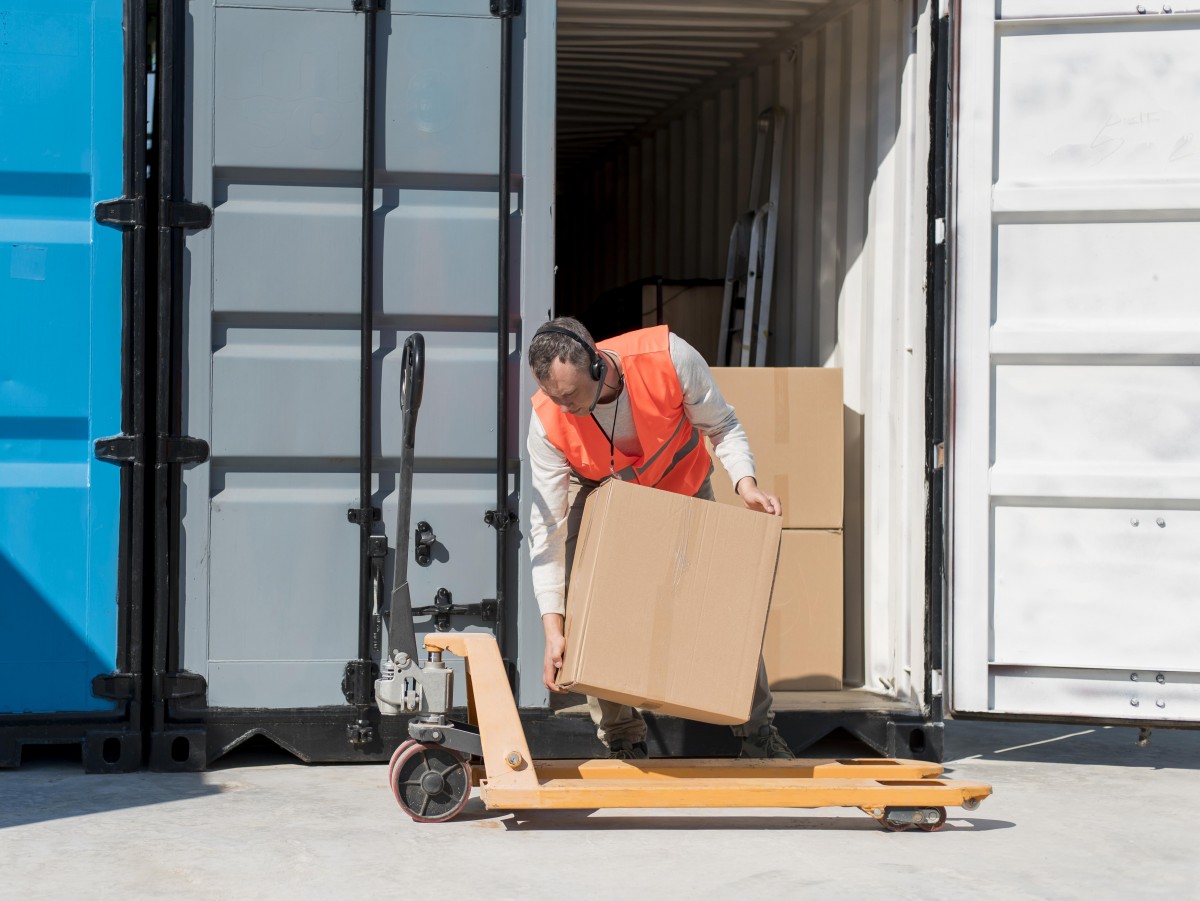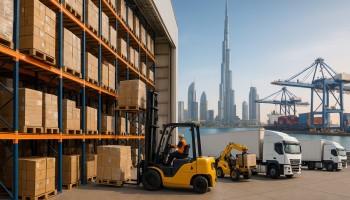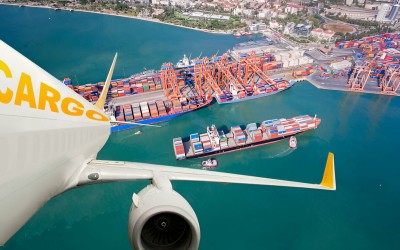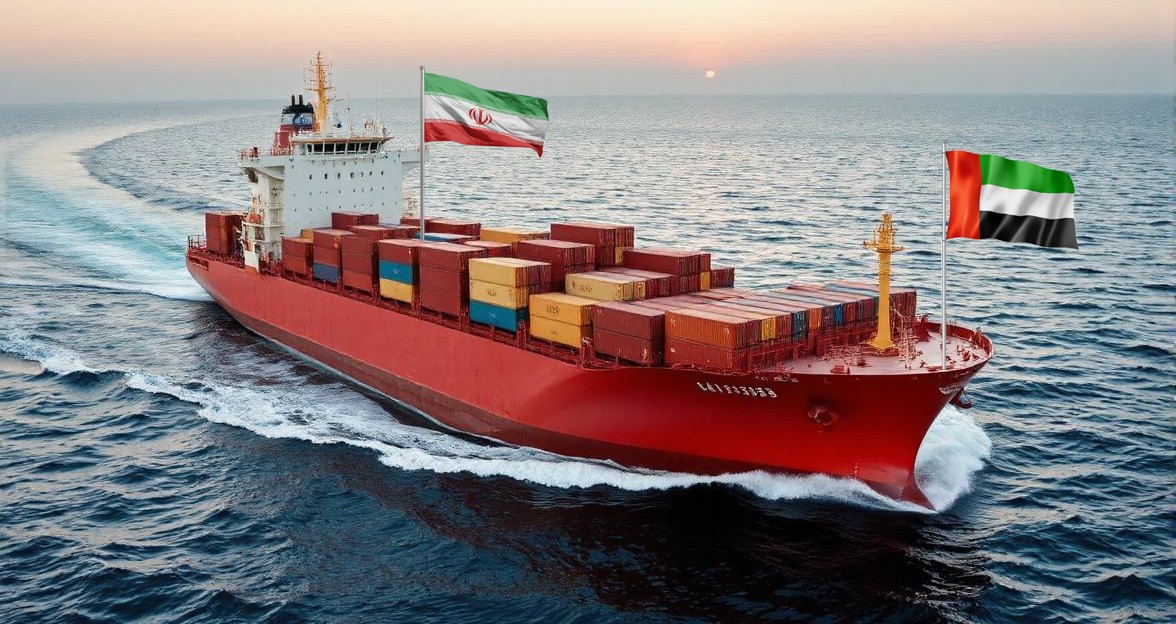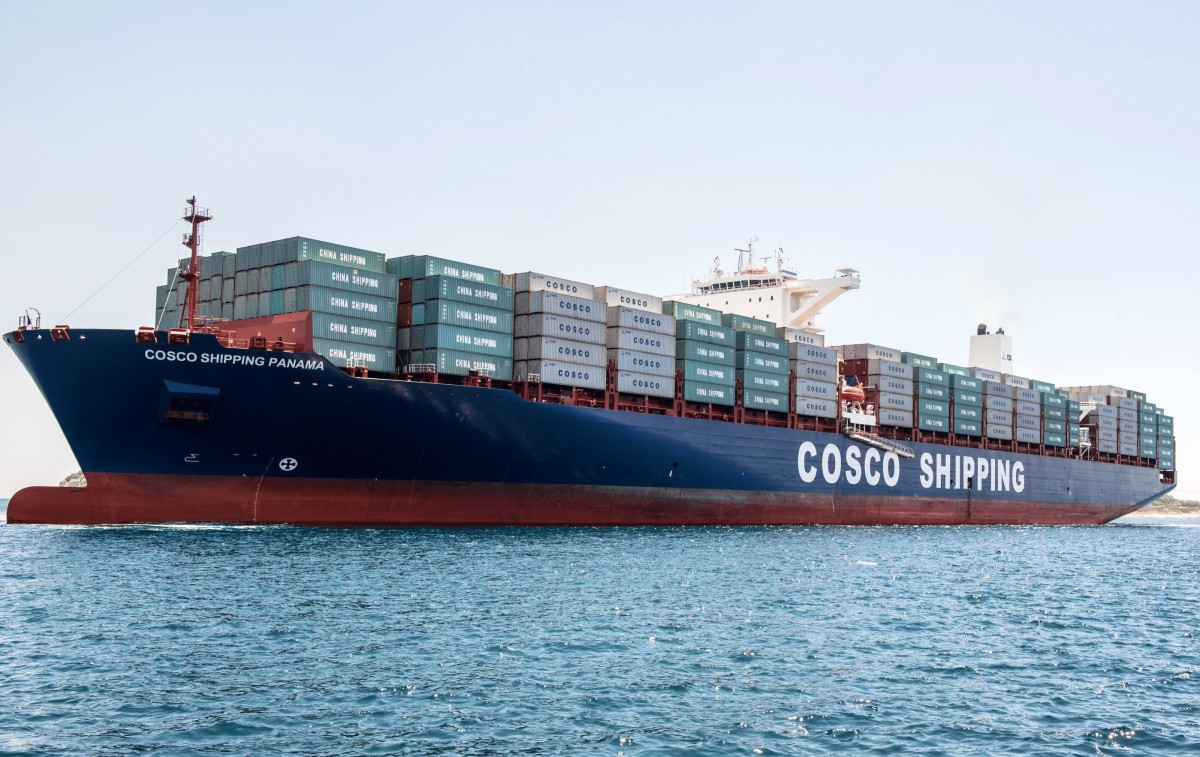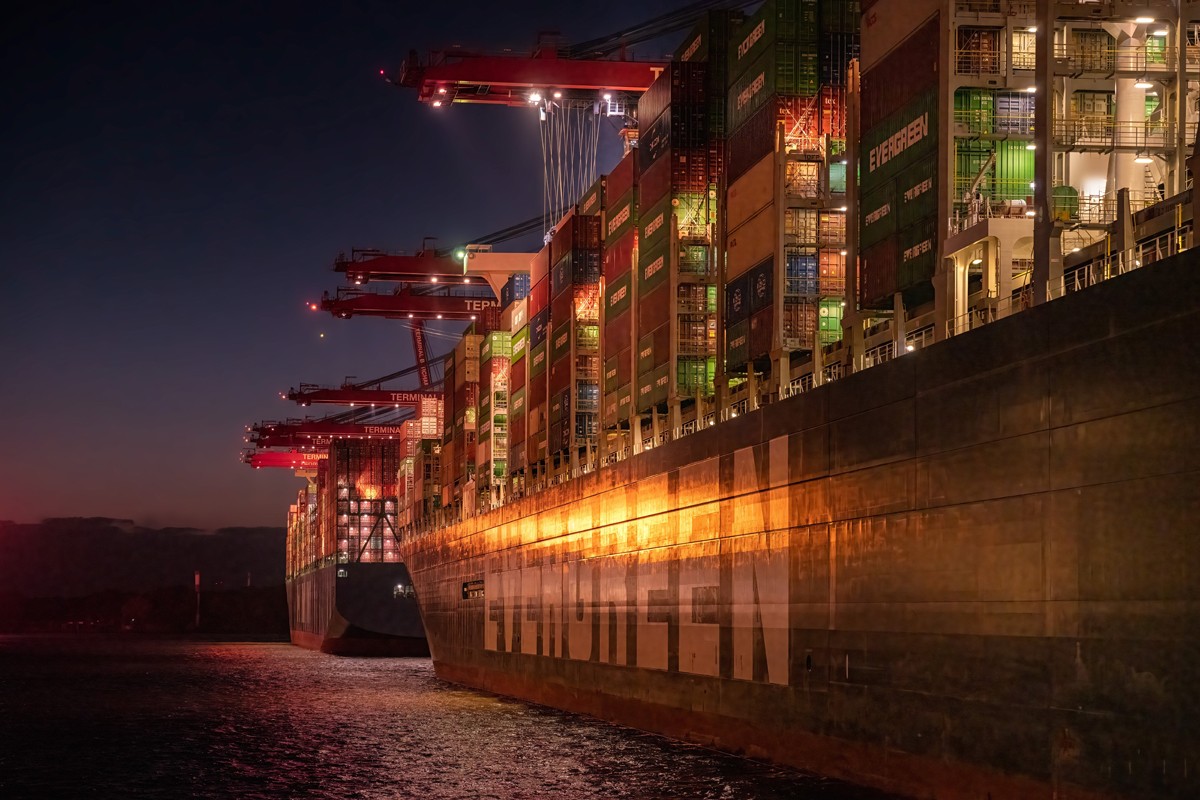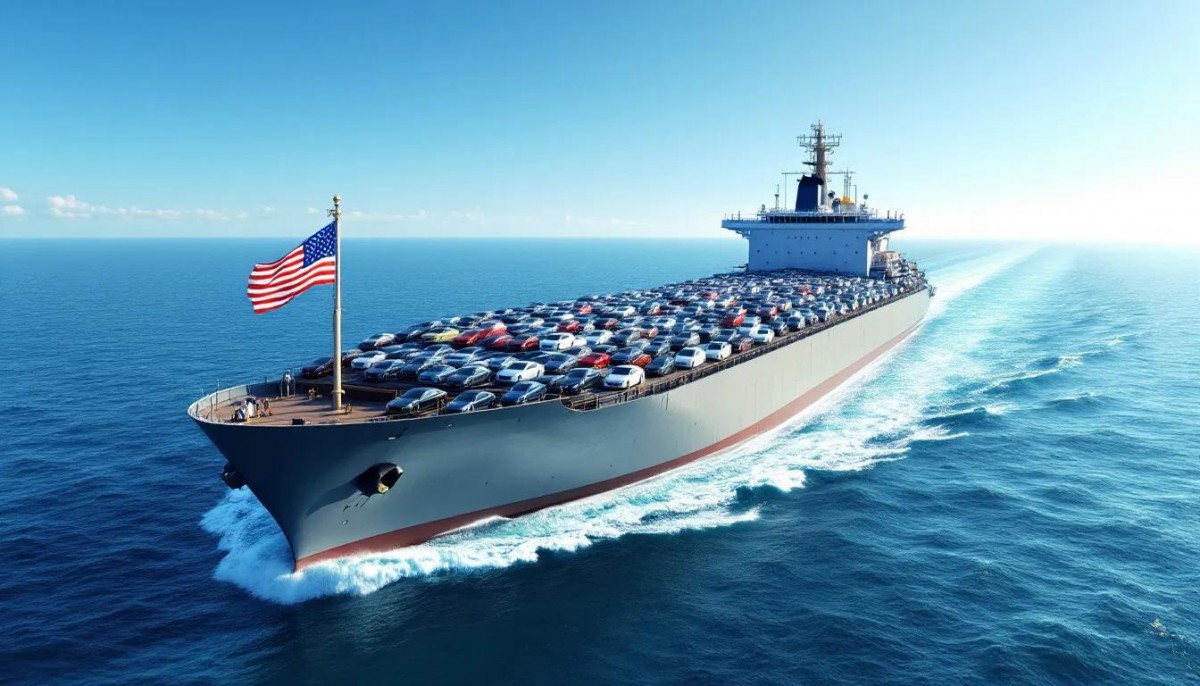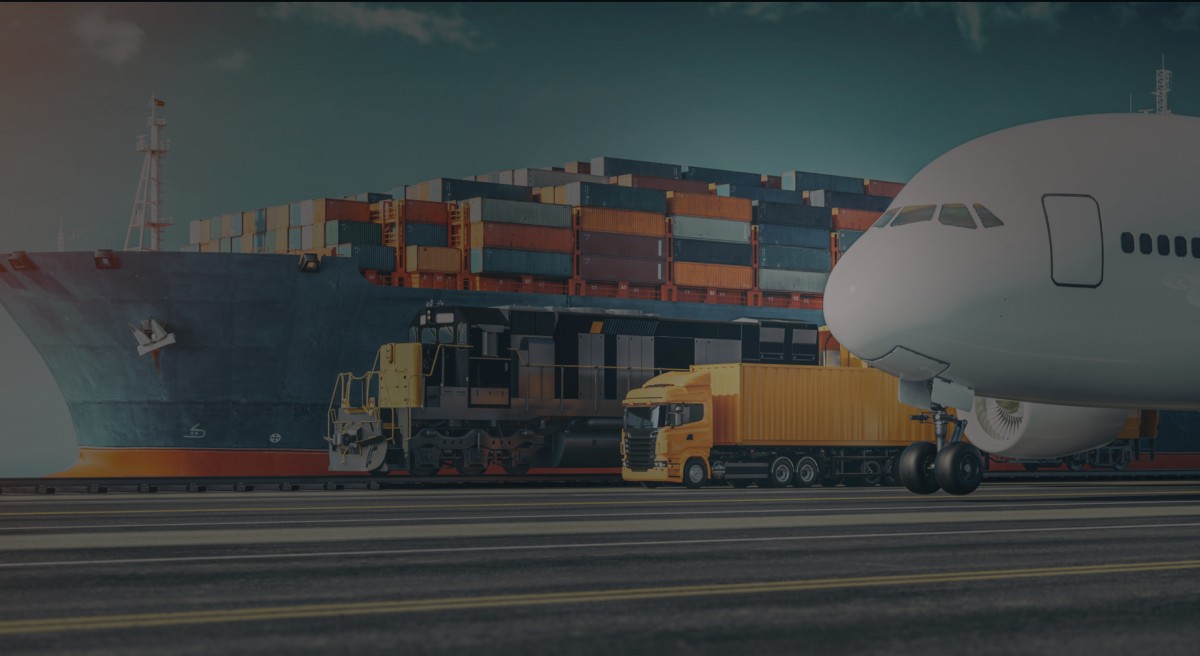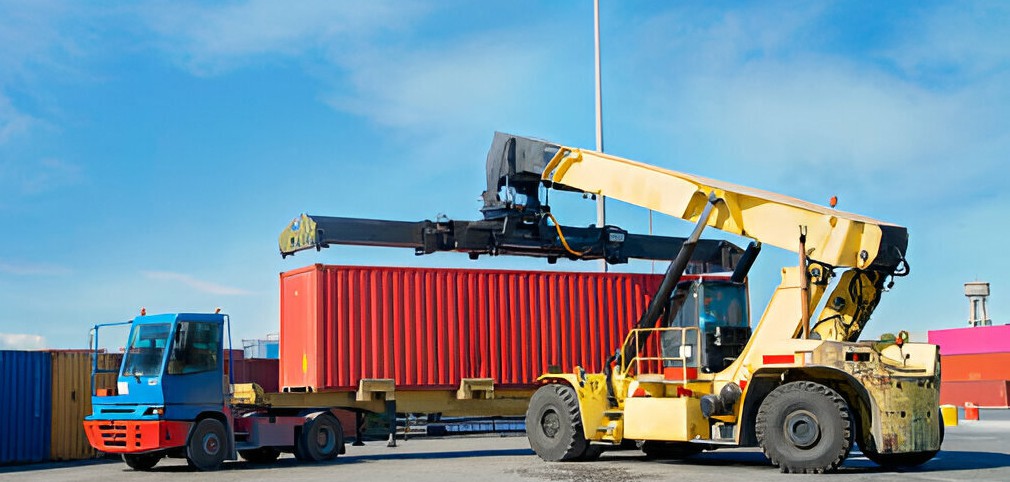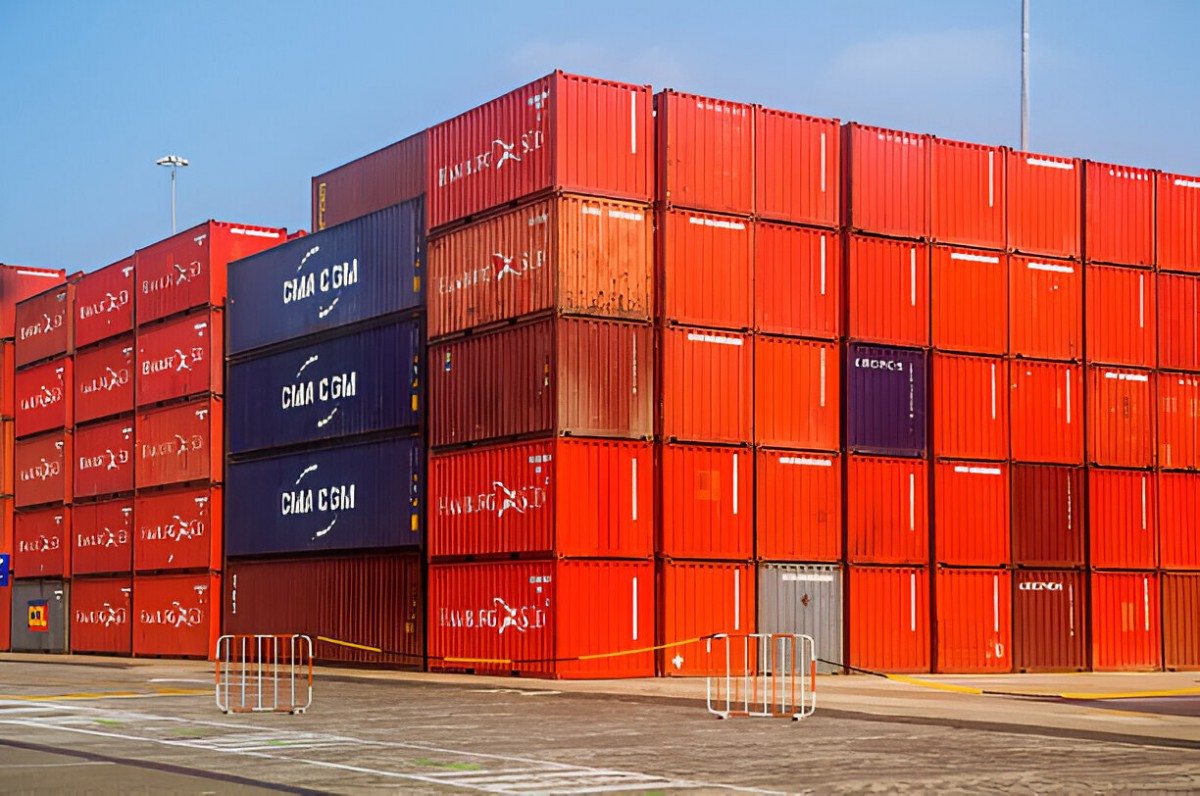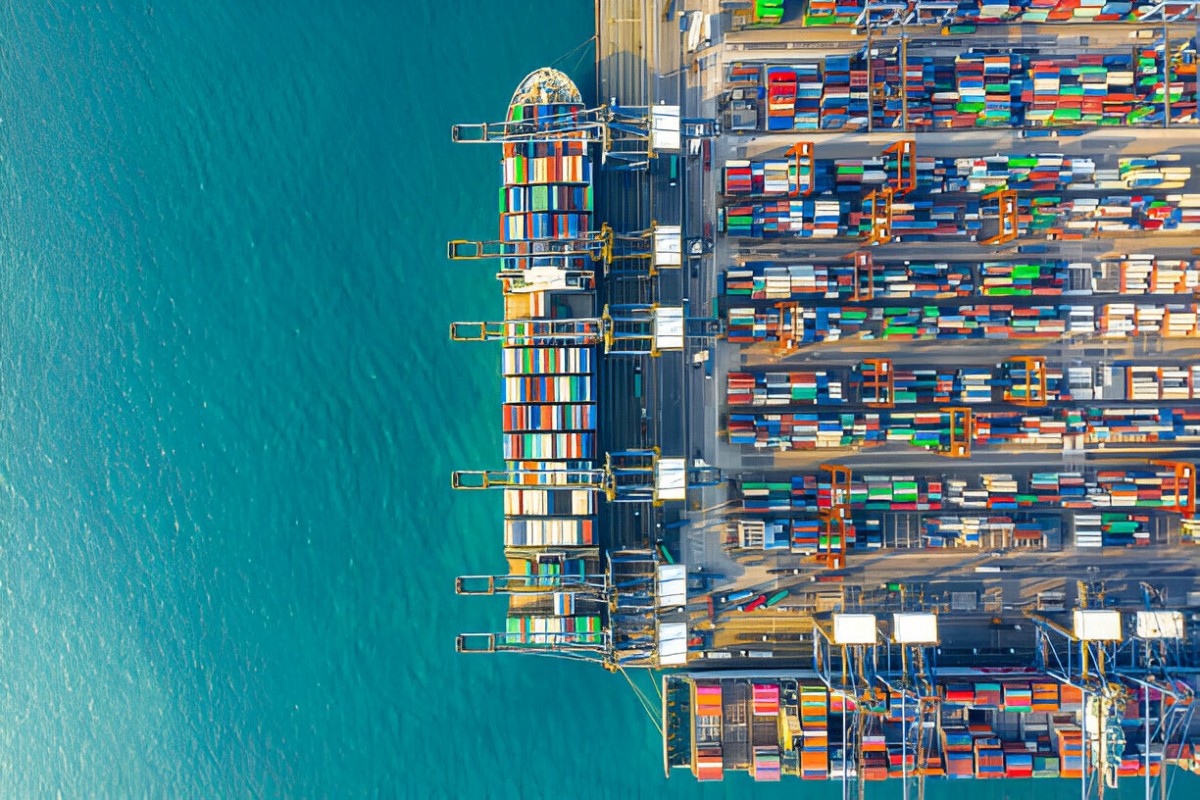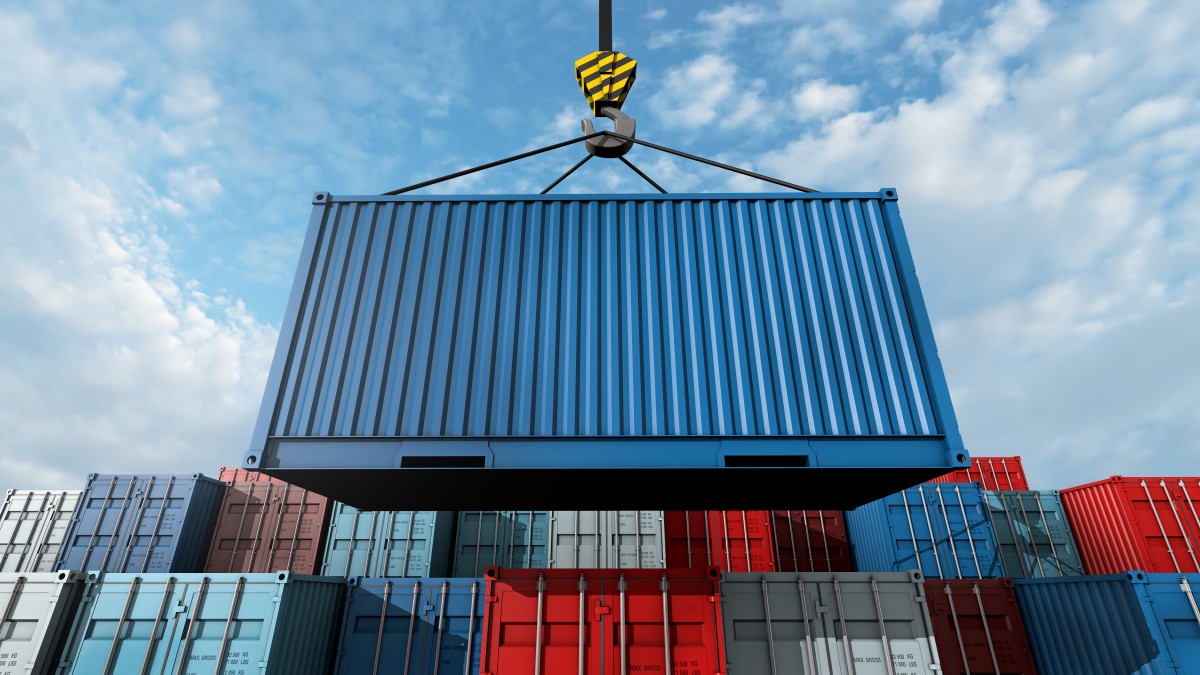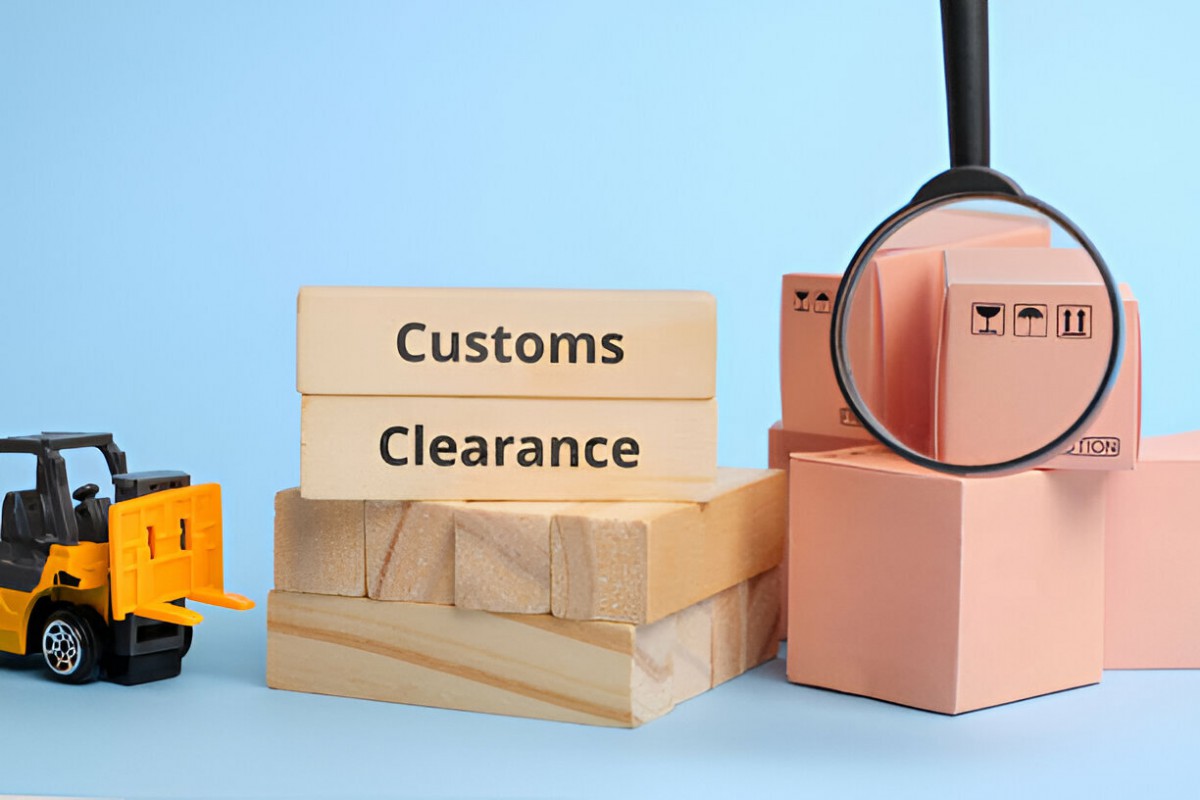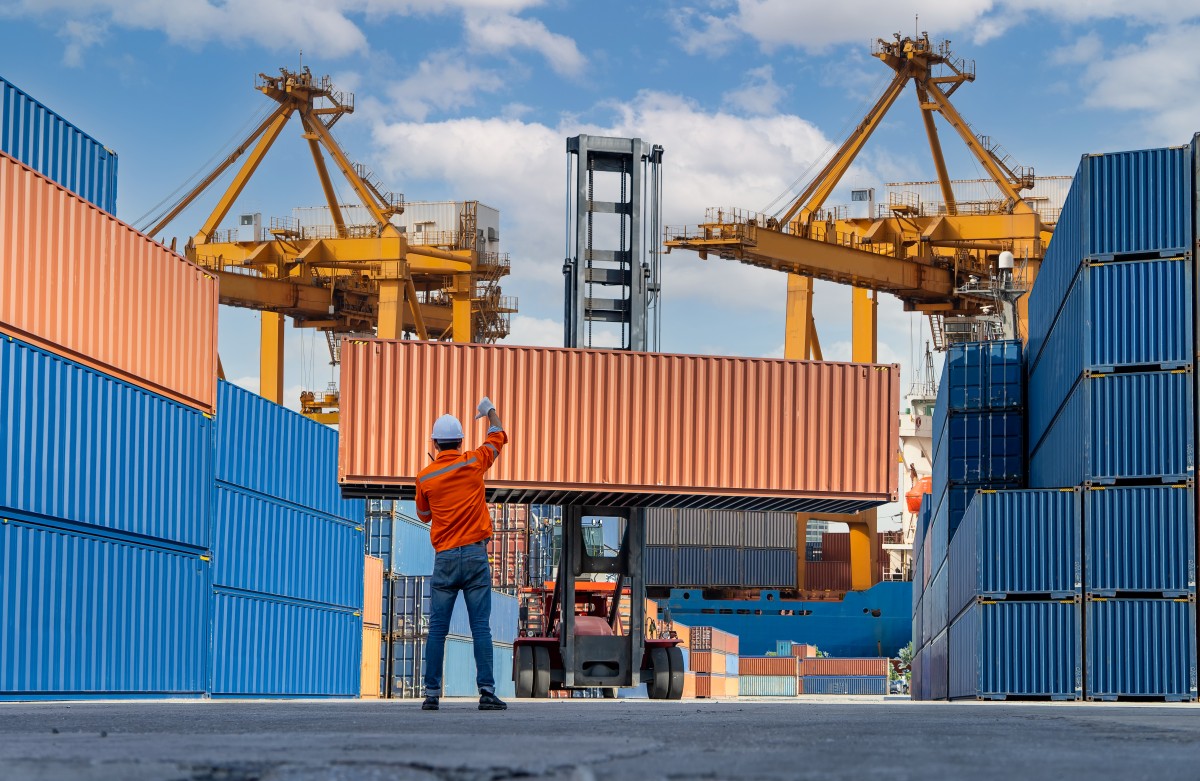When it comes to global shipping, knowing how to measure and report weight isn’t just technical—it’s essential. Whether you’re sending a few boxes or full shipping containers, understanding the difference between tare weight, net weight, and gross weight helps you avoid costly mistakes, meet legal requirements, and move your goods safely.
In this article, we’ll explain these three key weight types clearly—with real-world examples and why they matter in logistics.
🔹 Tare Weight – What Does It Mean?
Tare weight refers to the empty weight of anything used to carry your cargo—like a container, box, crate, pallet, or sometimes even the vehicle itself (when weighed before and after loading).
You’re not paying to move just your goods—you’re also paying to move the packaging or container. That’s why understanding tare weight is important when calculating what really matters: the weight of your goods.
Why tare weight matters:
- It helps you find the true weight of your cargo.
- It ensures accurate shipping rates.
- It’s often required on customs documents.
- It prevents going over transport weight limits.
Example: A standard 20-foot shipping container weighs around 2,280 kg empty. A 40-foot container can weigh about 3,700 kg without cargo.
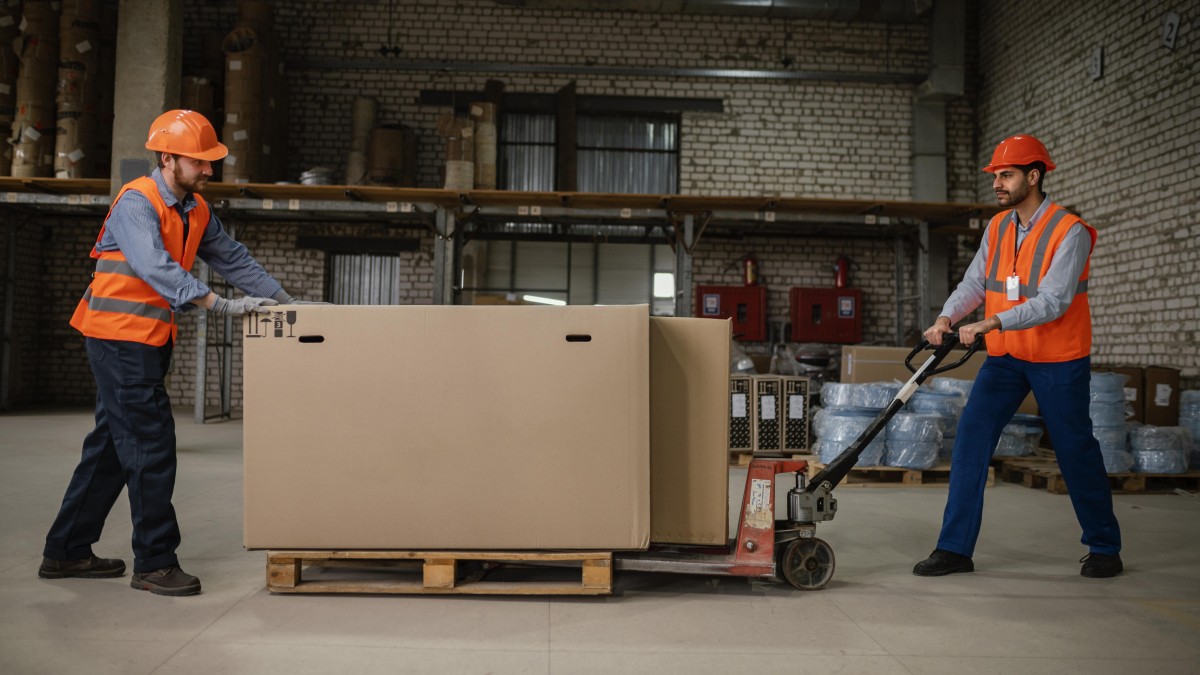
🔹 Net Weight – The Actual Product Weight
Net weight is simply the weight of the product alone, without packaging, pallets, or containers. It’s the pure weight of what’s being sold, shipped, or declared.
This is the number used in most invoices, price tags, and import/export calculations.
Why net weight matters:
- It’s used to calculate duties and taxes.
- It’s important for fair pricing, especially for goods sold by weight.
- It helps you declare the right values to customs.
Example:
You’re exporting 1,000 units of a device that weighs 150 grams each.
Net weight = 1,000 × 150g = 150 kg
🔹 Gross Weight – The Total Shipping Weight
Gross weight is the combined weight of everything: the product, packaging, pallets, and container. It does not include the truck or transportation vehicle.
Gross weight plays a major role in logistics planning. It affects shipping costs, safety regulations, and how goods are handled during transport.
Why gross weight matters:
- It’s the weight used to calculate freight charges (especially in ocean and air shipping).
- It helps carriers avoid overloading.
- It determines how goods are stored and lifted.
Example:
Let’s say you ship 8,400 cans of coffee (200g each), packed into boxes, on pallets, inside a 20-foot container:
- Coffee: 8,400 × 200g = 1,680 kg
- Packaging & pallets: 300 kg
- Container tare weight: 2,280 kg
- Gross weight = 4,260 kg
Weight Comparison at a Glance
| Weight Type | What It Is | Includes | Used For |
|---|---|---|---|
| Tare | Empty packaging/container/vehicle weight | Container, pallet, box, vehicle* | To calculate net weight, accurate shipping quotes, customs forms |
| Net | Product only | Goods alone | Pricing, taxes, invoicing, labeling |
| Gross | Total shipment weight | Net weight + packaging + container | Freight charges, safety, warehouse handling |
*Tare weight may also refer to the truck or trailer’s weight before loading, especially when weighed on a scale.
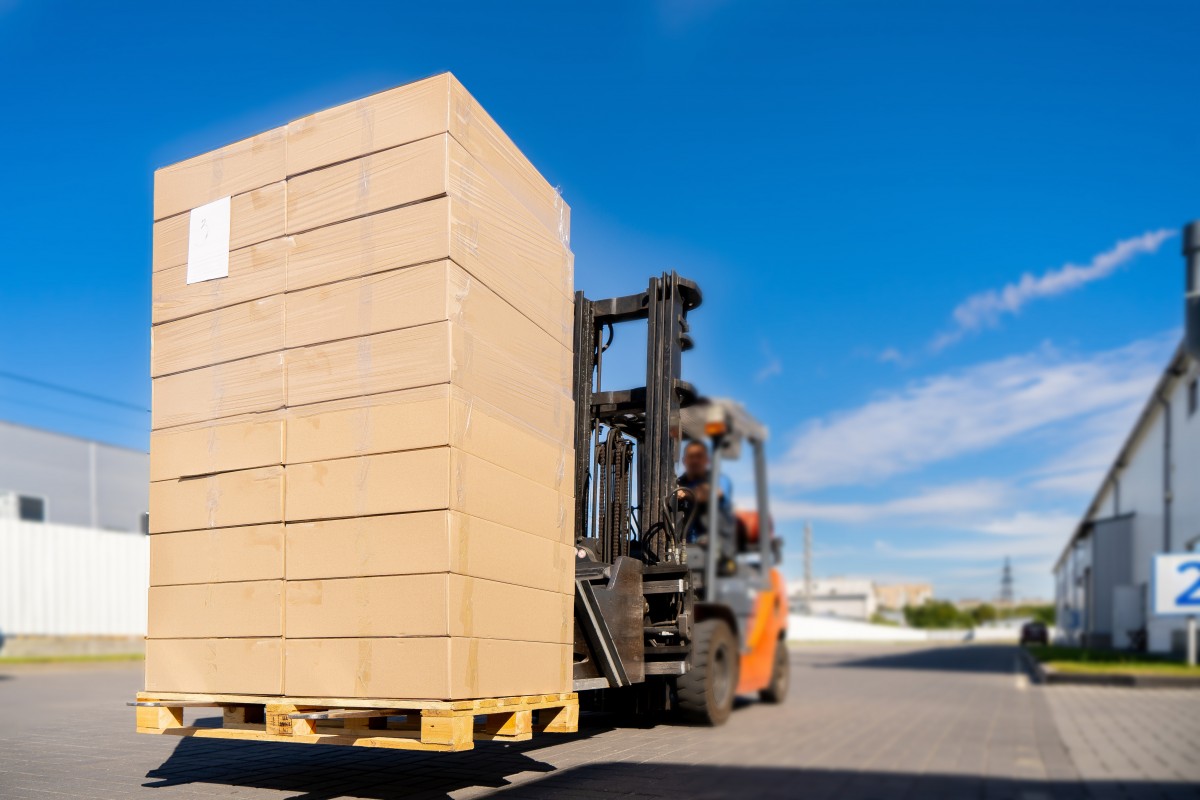
⚖️ How They Work Together
To understand shipping weights, remember this simple formula:
- Gross = Net + Tare
- Net = Gross – Tare
- Tare = Gross – Net
Having the correct weight values helps you move cargo legally and efficiently—and reduces risk at every step.
🏭 Why Accurate Weight Reporting Is So Important
If the weight you declare is wrong, even slightly, the results can be serious:
- Delays at ports or customs
- Fines for exceeding legal weight limits
- Rejected shipments or extra handling costs
- Equipment damage or safety hazards
That’s why global regulations like the Verified Gross Mass (VGM) rule require shippers to declare correct gross weight before containers are loaded onto vessels.
🌍 Who Uses These Weights in Shipping?
- Ocean freight: Shippers must give accurate gross weight to meet safety rules and VGM regulations.
- Air cargo: Airlines use gross or volumetric weight to calculate charges and balance aircraft loads.
- Trucking and rail: Vehicles have strict weight limits to prevent road damage and ensure safety.
- E-commerce and retail: Shipping cost is based on gross weight, but labels must show net weight clearly.
📦 Need Help with Shipping Weights?
If you’re shipping commercial cargo—whether it’s machinery, retail goods, or container loads—Novex Shipping is here to assist. With over 16 years of logistics experience in Dubai and worldwide, we provide:
✅ Accurate cargo weight handling
✅ Customs clearance and compliance
✅ Packing, transport, and delivery
✅ Full support from start to finish
Contact Novex Shipping today to move your cargo the smart and safe way.

